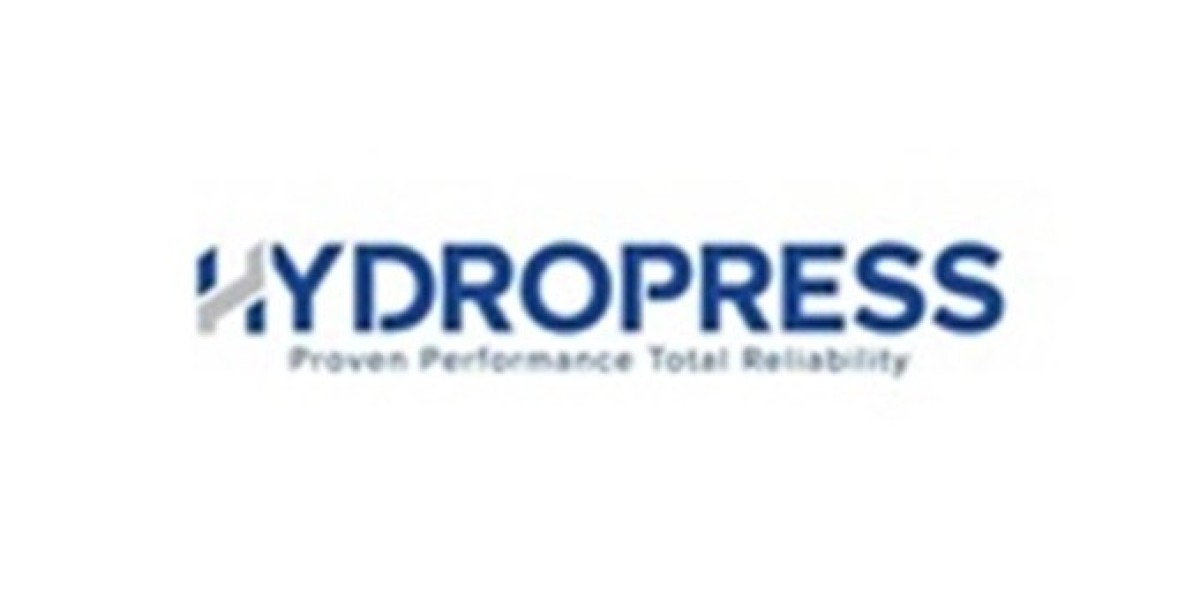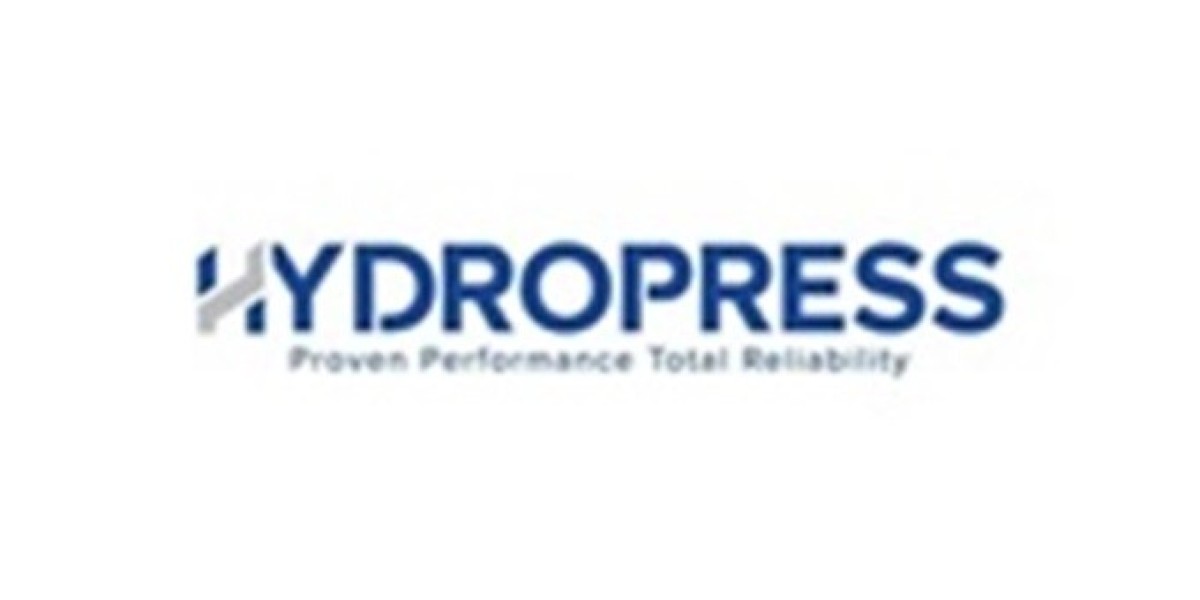When managing your business’s marketing efforts, it’s important to measure how well your investments are performing. Two commonly used metrics for this are ROAS and ROI. While they might sound similar, understanding the difference between ROAS vs ROI can help you make smarter decisions and grow your business more effectively.
What Is ROAS?
ROAS stands for Return on Ad Spend. It specifically measures how much revenue you earn for every dollar spent on advertising. The formula is simple:
ROAS = Revenue from Ads ÷ Cost of Ads
For example, if you spend $500 on an ad campaign and generate $2,500 in sales, your ROAS is 5. This means for every dollar spent on ads, you earned five dollars in revenue. ROAS focuses solely on your advertising efficiency.
What Is ROI?
ROI means Return on Investment and measures the overall profitability of any investment, not just advertising. It considers all costs involved and shows how much profit you made relative to the total money spent. The formula is:
ROI = (Net Profit ÷ Total Investment) × 100
If you spend $1,000 on marketing and other costs and make $1,500 in profit, your ROI is 50%. ROI gives a broader view of how profitable your efforts are beyond just ad spend.
ROAS vs ROI: What’s the Difference?
The main difference between ROAS vs ROI lies in what each metric measures and how they help you. ROAS is focused on the effectiveness of your advertising campaigns—it shows the revenue generated per dollar spent on ads. ROI, on the other hand, shows the overall profitability after deducting all costs including production, labor, shipping, and more.
Because ROAS looks only at ad revenue and spend, it does not account for other expenses, while ROI provides a complete picture of profitability. For this reason, a high ROAS does not always mean your campaign is profitable if other costs are high.
Why Understanding ROAS vs ROI Matters
Knowing when to use ROAS or ROI helps you evaluate your marketing efforts correctly. If you want to assess how well your advertising campaigns are driving sales, ROAS vs ROI comparison shows that ROAS is your go-to metric.
However, if you need to understand your overall profit margin or how an entire project or business investment is performing, ROI is the better choice.
When to Use ROAS and When to Use ROI
Use ROAS to analyze digital marketing campaigns such as Google Ads or Facebook Ads, where you want to measure direct revenue from ad spend. ROAS helps optimize ad budgets by identifying the most efficient campaigns.
Use ROI when making broader financial decisions, like launching a new product, investing in infrastructure, or evaluating overall business health. ROI shows how much you gain compared to what you spend, including all costs.
Final Thoughts
Both ROAS and ROI are valuable metrics, but understanding the difference between ROAS vs ROI ensures you use them correctly. ROAS helps optimize your advertising spend, while ROI provides a comprehensive view of profitability.
Using both metrics together will give you clearer insights and guide smarter, data-driven decisions for your marketing and business growth.








